'Shop with feeling, not just function' – how to navigate an online auction like a designer
Say goodbye to impulse buys and overly high bids – this is how you peruse an auction with ease and determination
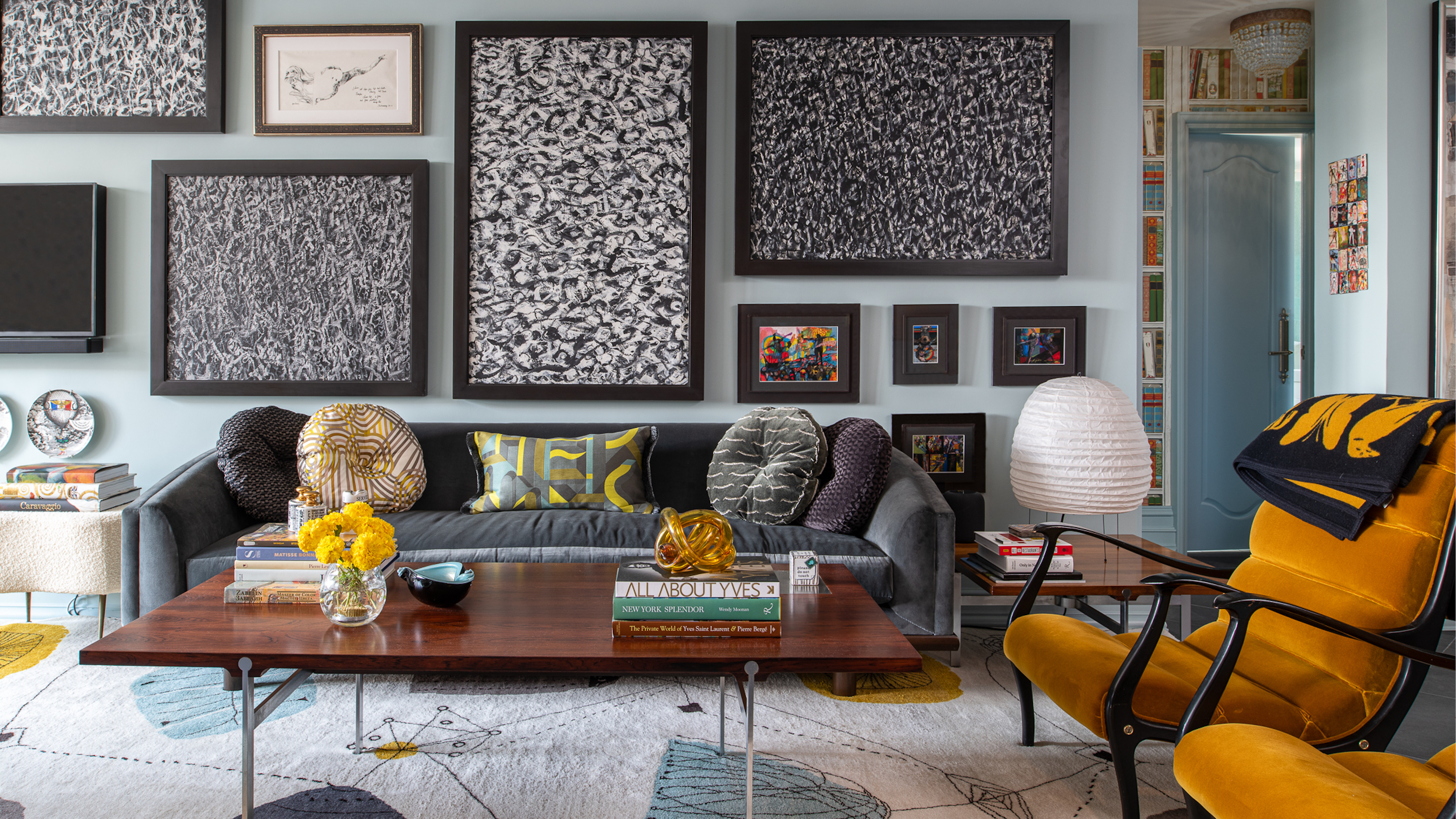

From rare paintings to artisanal furniture, online auctions are platforms that offer an endless array of treasures. Filled with unexpected and one-of-a-kind pieces, auctions often sell truly unique gems that make sourcing your dream piece of antique furniture or decor an achievable (and rather satisfying) mission.
If you enjoy decorating with antiques, it's worth knowing how online auctions work and how to get the most out of them. And although auctions are filled with goodies, they can feel a little different from your typical online shopping experience. To understand the best ways to navigate an online auction, I asked interior designers who have long been buying antiques for their top tips that will help you secure a steal.
The best sites for online auctions
- Live Auctioneers offers a range of pieces at a range of prices, from art to furniture. You can find the specific style you're after with the search engine and set your maximum bid from the outset.
- eBay is filled with affordable treasures from sellers across the globe. You can find pretty much anything on here and bid on pieces at competitive prices.
- Etsy is best for handcrafted goods (although you can find antiques here too), offering bespoke items made by creatives across the world.
- Christie's & Sotheby's fall on the more luxurious side of the spectrum. Known for their prestigious collections, rare art, ceramics, and furniture, these auction houses offer the rarest and most collectible pieces from notable makers.
1. Request a condition report
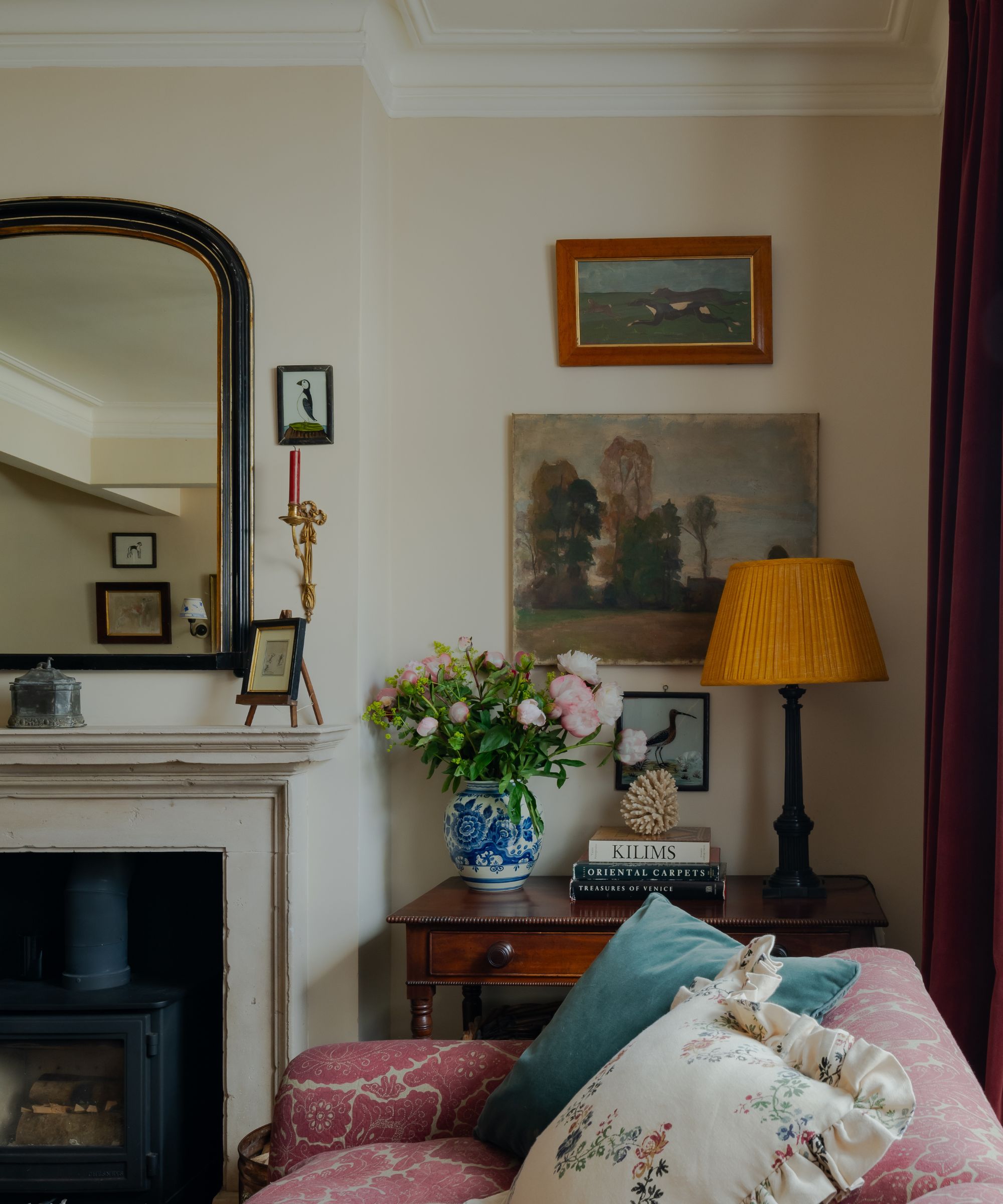
There are antiques you should be collecting and others that are less valuable; however, no matter which piece you have your eye on, you should always check the condition of the piece before you buy.
Interior designer Charlotte Boundy incorporates antique furniture and decor in her own home as well as her clients'. She says, 'I love buying antiques and vintage paintings at auction. Aside from triple-checking dimensions (which is a common mistake), when bidding on a piece, always request a condition report if the item's wear and tear isn’t clearly shown.'
She adds, 'A charming patina is one thing, but hidden cracks or repairs can turn a treasure into a complete waste of money. Once you have successfully bid and won an item, take time to arrange the best courier possible. I recently bought a Victorian cased bird at auction. When it arrived in my studio, it was no longer attached to its legs.'
2. Be specific with your search terms
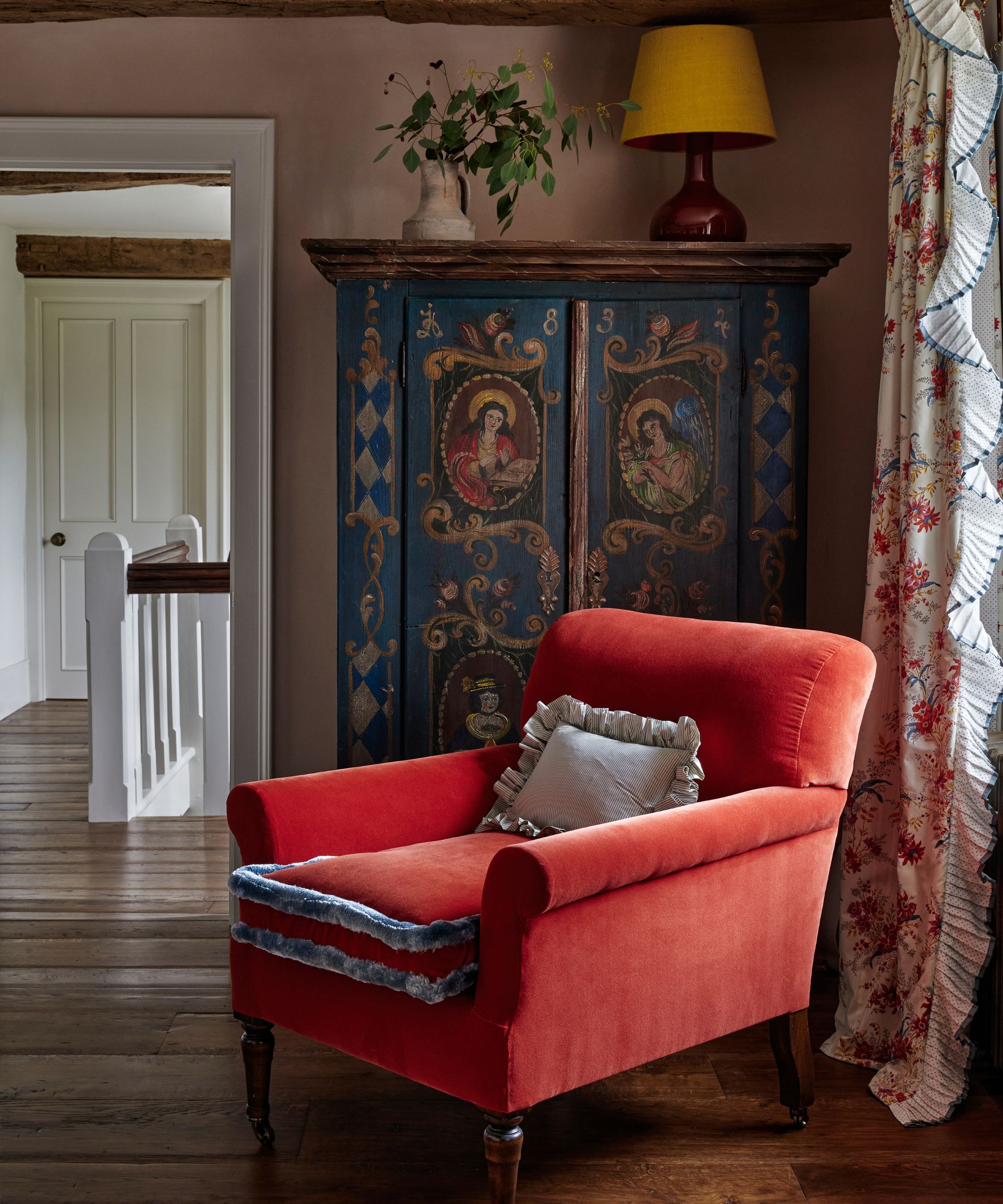
When trying to hunt down the collectibles interior designers look for when antique shopping, you need to perfect your search terms to ensure that the results you are being delivered match your expectations.
Laura Hammett, Creative Director of the eponymous design studio, says 'One of my biggest tips is to be specific with your search terms – using the right keywords is essential. Think in terms of material, era, and style. For example, when I was sourcing a piece for our own home, I searched for a ‘19th Century French Louis Philippe Commode’ and found the perfect one on eBay.'
Design expertise in your inbox – from inspiring decorating ideas and beautiful celebrity homes to practical gardening advice and shopping round-ups.
The key is to use definite terms, ensuring to describe the piece as much as possible. Specifying the qualities of your desired object ensures you find it amongst the endless other options that could be named under similar titles.
3. Do the research into what you want for your space
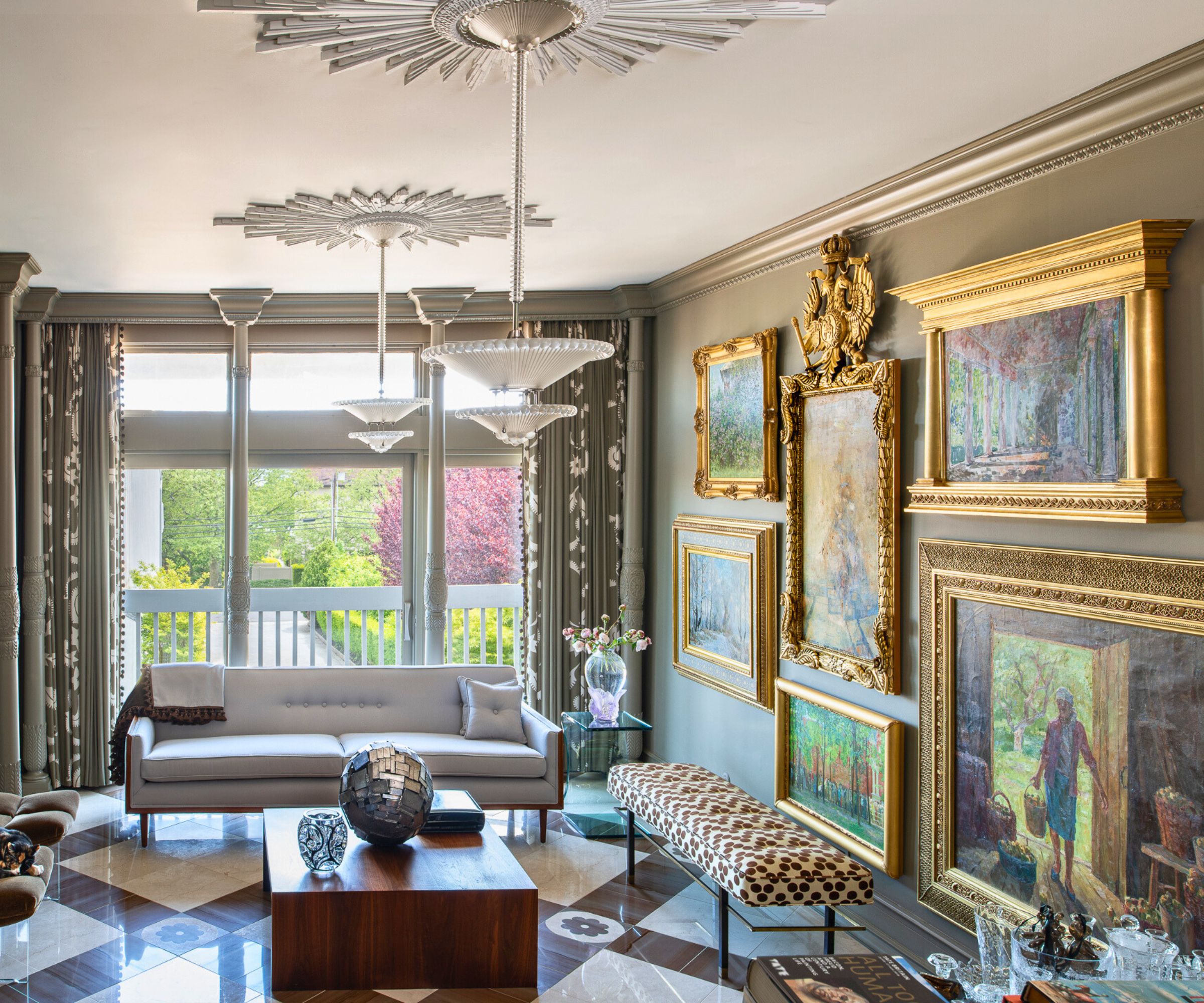
While sticking to one platform might seem more straightforward, scouring other sites will ensure you're getting the best deal, both in terms of condition and price.
If you're following the eclectic interior trend and want to find the missing piece to your scheme, ensure that you thoroughly investigate an auction site, as you might discover a gem you'd not yet considered. Interior designer and gallerist James Yarosh says he always thoroughly researches a site before deciding on a piece.
'Sourcing vintage pieces is integral to my design process, because they add depth and history to a space. Blurring timelines keeps a room from feeling one-note. When sourcing these pieces, I always start with a deep dive through online platforms to discover pieces that will “answer” the question my current design project is asking. Once I have identified the objects that satisfy the design tastes of the specific projects, I then take another deep dive for those pieces through other platforms in order to curate design solutions for different sizes and budgets.'
4. Shop with emotion (within reason)

With an array of treasures to choose from, the thought of deciding on a piece might seem impossible; however, it's important to put emotion above all else (within reason). If an item stops you in your tracks, it's probably worth a bid.
Interior designer Amy Kartheiser says she 'shops with feeling and not just function'. One of the things making your antiques look cheap is a lack of meaning and purpose behind their purchase. Always seek out pieces that mean something to you. She says, 'If something gives you pause or sparks emotion, lean into that. I’ve built entire rooms around one beautiful, unexpected find, such as a marble bust, a hand-thrown vessel, or a landscape that feels like it’s always been part of the home. One of my current clients constantly asks the question before anything is purchased, "Does it spark joy?". Nothing is purchased without a yes.'
Laura agrees that emotion is key. 'When something is truly special, you’ll know – I’ve waited months to find the right bobbin leg table or an antique clock, and those are always the pieces that make the home feel layered and lived-in.'
5. Measure the scale
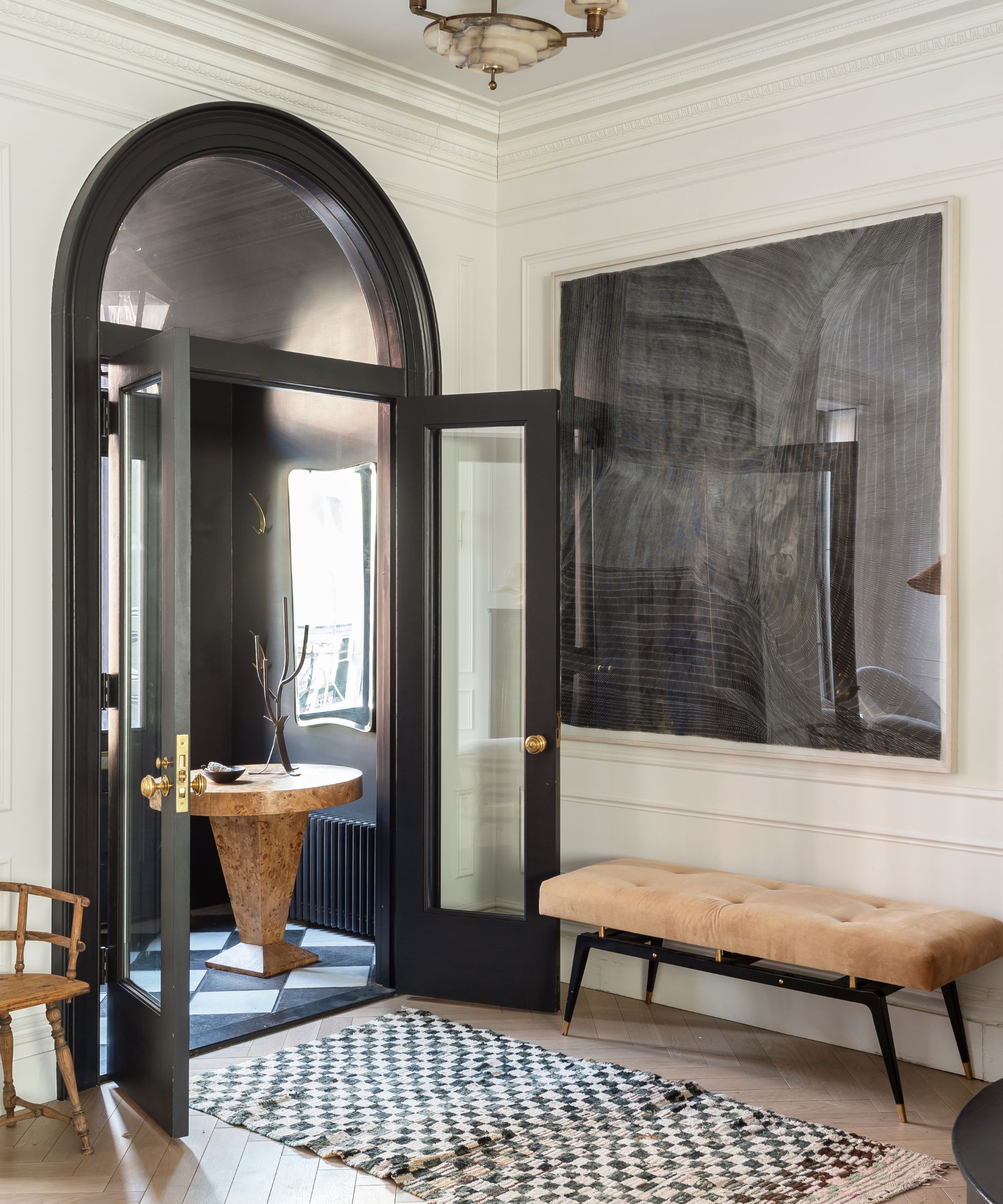
Accuracy is key with any home purchase. Whether you're decorating with art or shopping for furniture, measure the designated area it's supposed to fill and ensure that the potential piece aligns – the last thing you want is a chair that's too big for the space it's supposed to sit in, a common mistake to avoid when buying furniture.
Amy says, 'A 36" console might sound petite until it arrives and completely overtakes a narrow hallway. Always measure, twice actually, and don’t forget to consider how it will live in your client's world, not just look good in a photo.'
6. Check more than one vendor
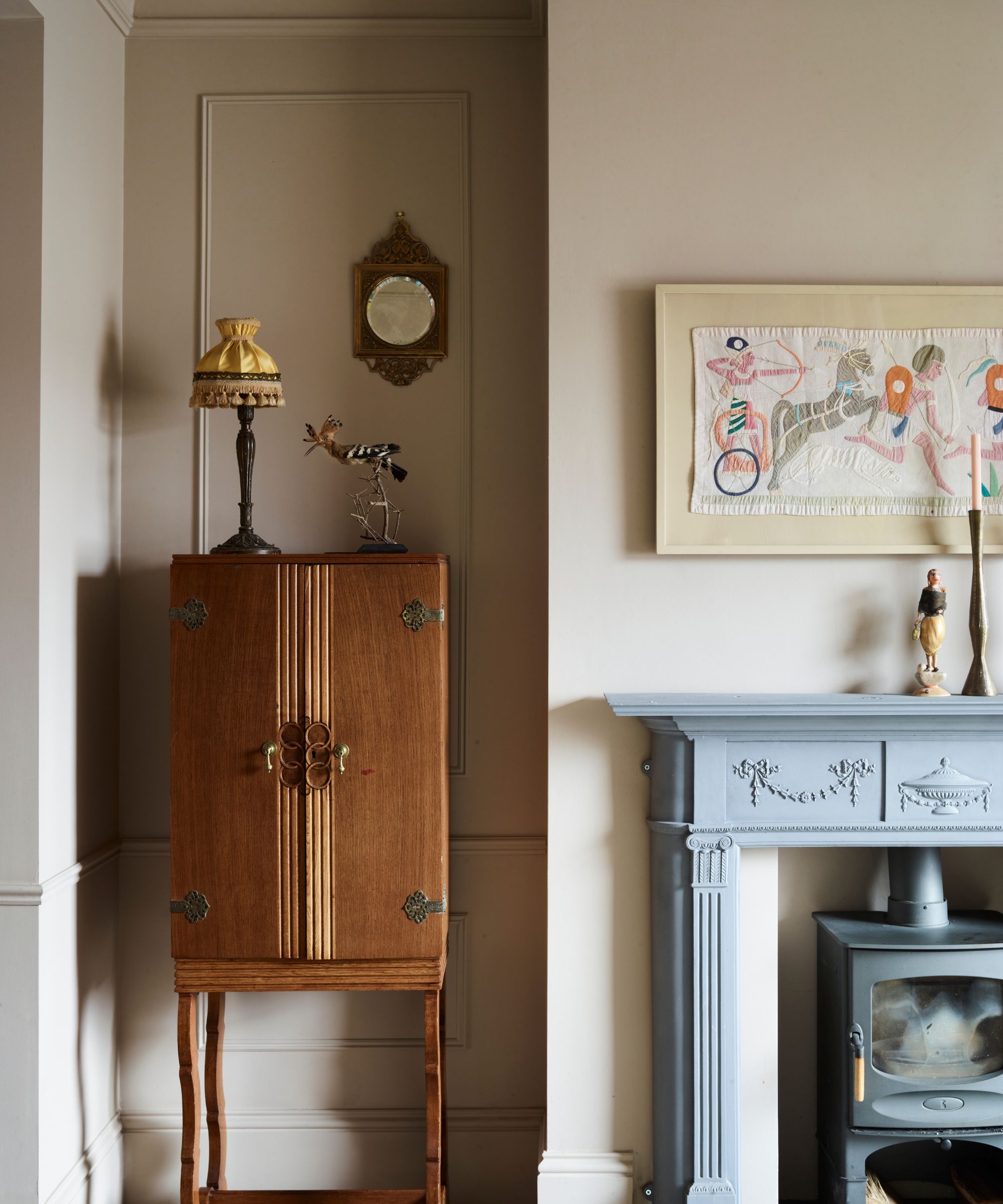
If you are trying to stick to a certain price point, avoid vintage and antique decor that starts near your maximum spend (as it'll go up when bidding begins); instead, use the same search term and browse other websites to find a better alternative.
Interior designer Jennifer Rhode incorporates art and antiques in many of her designs. She suggests, 'When searching for vintage pieces online, try several websites because the pricing can be wildly different even for items from the same maker. A set of "Moller chairs" might run twice as much with one vendor as another, so it is good to put a little extra time into your search. The shipping costs can also vary a lot, too, so you need to factor that into your decision.'
While it's tempting to go for the more affordable option, don't forget to consider the condition of the piece, as this may be factored into the lower price.
7. Consider the source
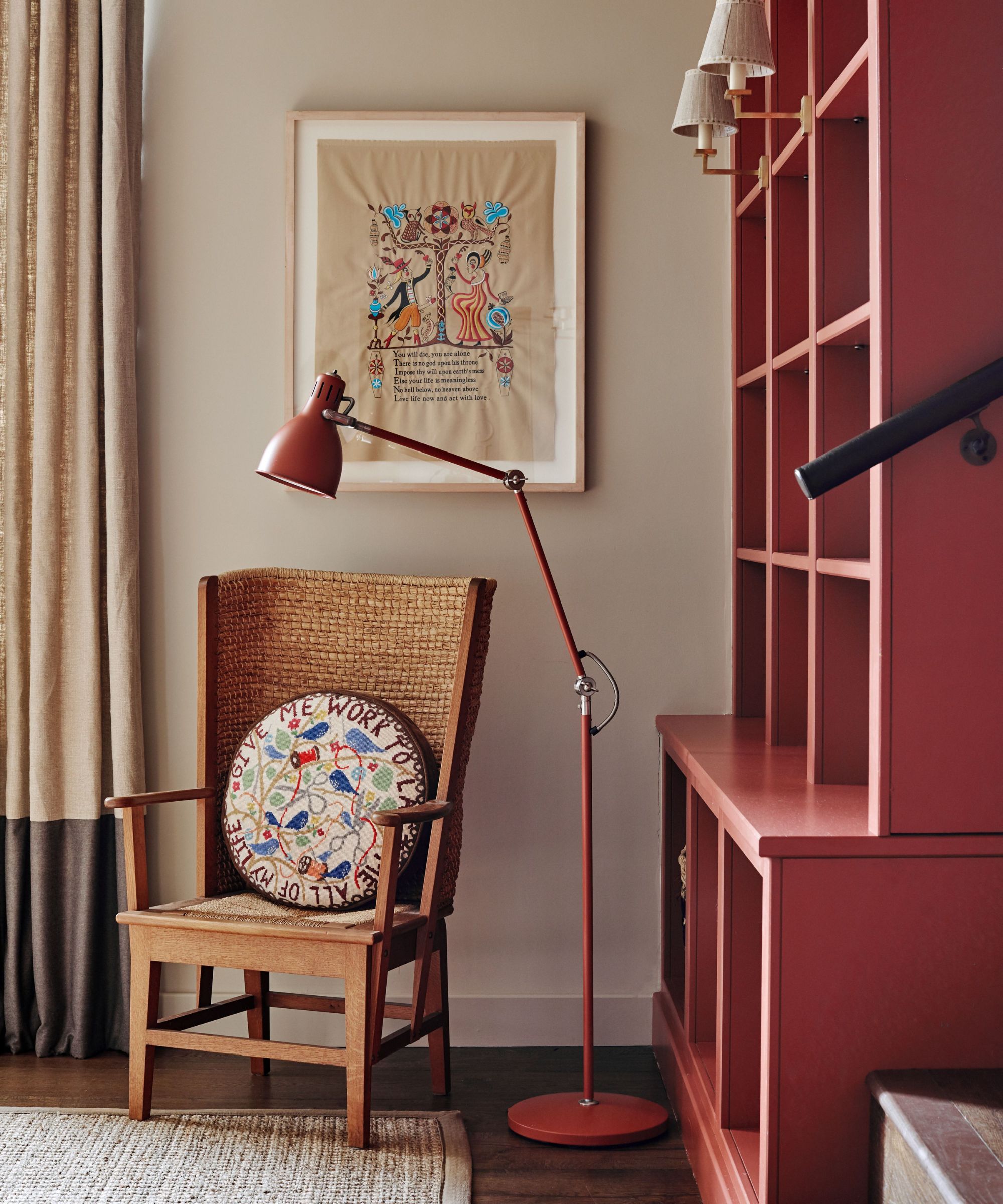
Always consider the location of your potential buy. Online auctions offer a vast selection due to the variety of vendors from across the globe. This can sometimes be an issue for certain pieces, particularly large furniture or rare art, that could get damaged during shipping.
On top of this, Jennifer says it's important to consider origin for other reasons. 'If you are purchasing vintage wooden pieces, be mindful of the climate they are going to and where they are coming from. I worked in Colorado for many years, where the climate is extremely dry. Choosing wooden pieces from a climate with humidity (New York, for example) is risky because the wood is not acclimated to the dry climate and may crack or warp. I learned this the hard way (luckily with chairs for my own home, not a client's.) It is best to shop at local vintage stores for these kinds of furnishings, or make sure the piece is coming from a "like climate."
The beauty of sites like eBay is that you can select your location and opt to collect the piece.
8. Set a budget
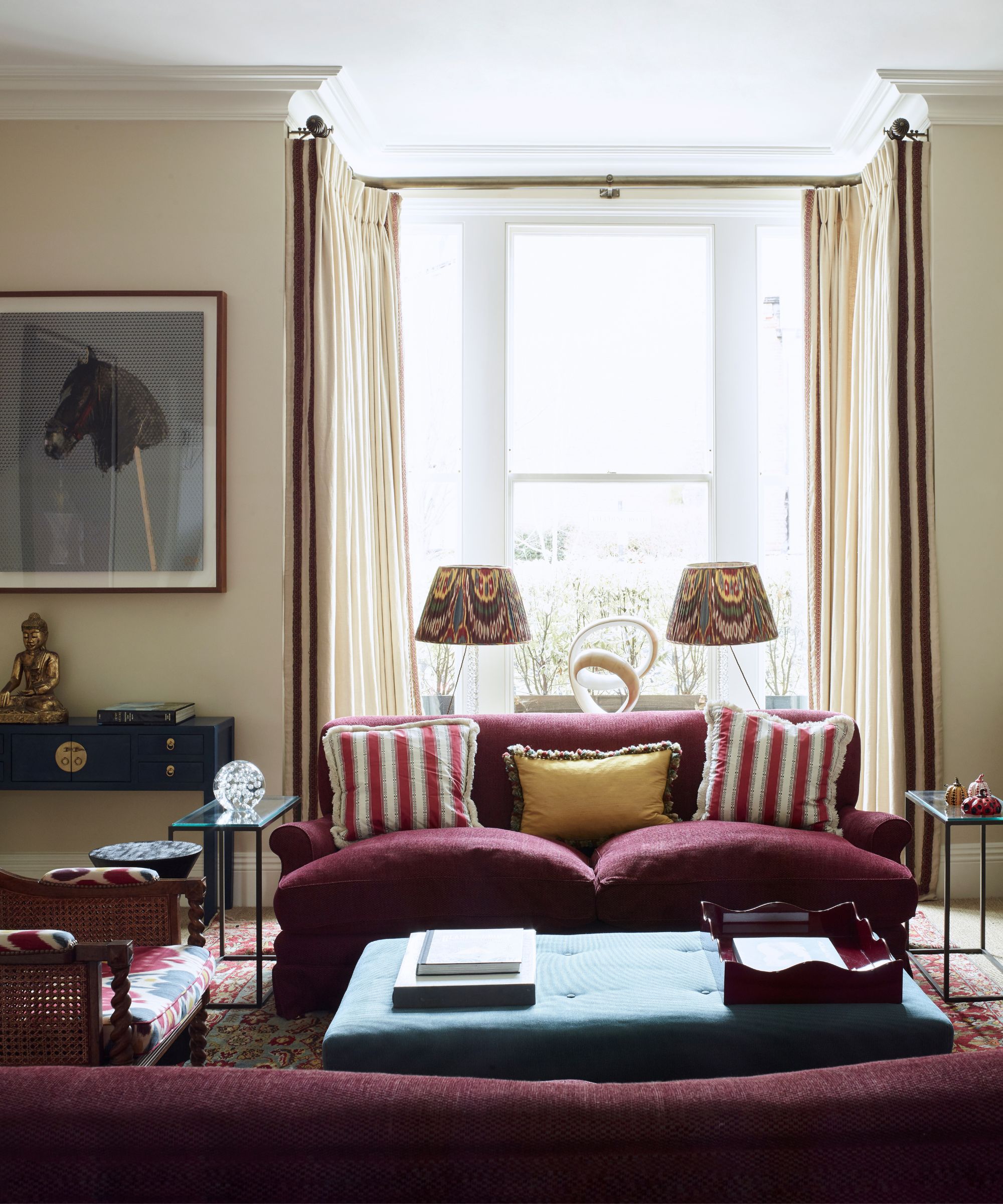
Last but by no means least, always set a budget. This will prevent you from getting stuck in an adrenaline-fuelled bidding war.
Once you've decided how much you want to pay for something, it can become much easier to find what you're looking for. Most auction sites will allow results to be filtered according to their price, which means that the search bracket has been narrowed down, allowing you to source a piece you can actually afford. 'I always set a firm maximum budget to avoid any last-minute panic decisions,' Laura adds.
When browsing an online auction site, try to have one piece in mind so you don't get overwhelmed or distracted. 'Don’t be afraid to look beyond the glossy shots,' advises Laura. 'Many of the best finds come from listings with slightly less polish but with incredible bones. A little restoration or clever styling can completely transform a forgotten piece into a future heirloom.'

I am the Interior Design News Editor at Homes and Gardens, covering mainly US-based designers and trending news stories. My love for interiors began when I interned in an interior design studio, working on commercial and private spaces. My passion grew while working in production, where I sourced beautiful locations for photoshoots and campaigns. Outside of work, I enjoy collecting antique decor and mid-century furniture for my home.
You must confirm your public display name before commenting
Please logout and then login again, you will then be prompted to enter your display name.